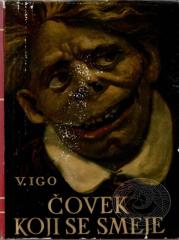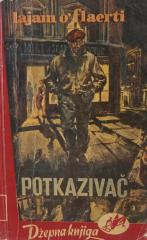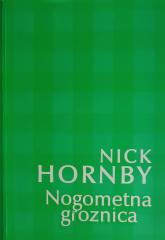
Zvonar crkve Notre-Dame
Hugo's novel about medieval Paris at the end of the 15th century, written in the spirit of Romanticism. It is a novel of human passions, a novel about three unhappy loves, but above all it is an epic about the Cathedral as the "main character" and represe
The main characters include Quasimodo, a hunchbacked bell ringer of the cathedral, who is devoted to his patron, Archdeacon Claude Frollo. Quasimodo, despite his deformity and social outcast, possesses a noble heart. Frollo, obsessed with lust for the beautiful gypsy Esmeralda, sinks into moral and spiritual chaos. Esmeralda, a noble but naive dancer, attracts the attention of Frollo, Quasimodo, and the young captain Phoebus, who is selfish and unfaithful. The plot is complicated when Frollo, overcome with jealousy, tries to destroy Esmeralda, accusing her of witchcraft after she rejects his love.
Quasimodo, in love with Esmeralda for her kindness, tries to protect her by hiding her in the cathedral. However, Esmeralda's love for Phoebus and Frollo's betrayal lead to a tragic end: Esmeralda is executed, and Quasimodo, in despair, kills Frollo and dies next to Esmeralda's body. The novel explores themes of love, sacrifice, social injustice, and the conflict between passion and duty.
Hugo masterfully depicts medieval Paris, criticizing the hypocrisy of the church and society. Notre-Dame Cathedral symbolizes eternity amidst human frailties. The work, filled with emotion and drama, remains a classic of world literature.
One copy is available





